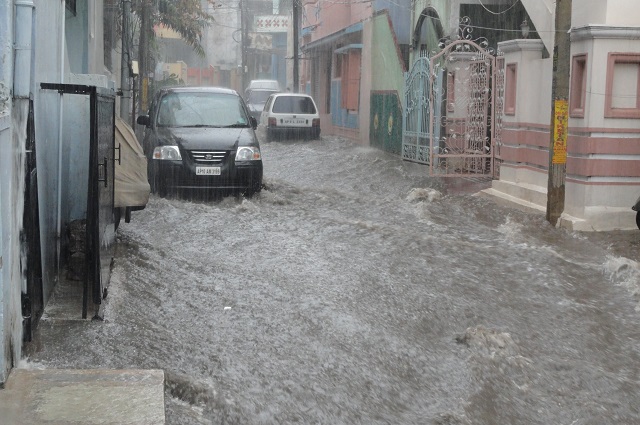News Story
(Below is a backup copy of the original article with as much credit to the publisher as well as the author that we can provide. By no means do we mean to violate any copyright laws. This page is appearing because someone indicated that the original story was unavailable.)
‘It’s only a matter of time’ before homeless leprosy outbreak: NYU doc
Homeless conditions are so dire, diseases associated with the Middle Ages could soon re-emerge, according to a new report.
Dr. Marc Siegel of NYU Langone Health, writing for The Hill, warns that infections thought to be stamped out by modern medicine could make a comeback in communities with poor medical access.
About 95% of the US population was thought to be naturally immune to leprosy, despite occasional cases, but Siegel argues that such “diseases are re-emerging in some parts of America, including Los Angeles County, that we haven’t commonly seen since the Middle Ages,” Siegel reports, naming typhus and leprosy specifically.
The diseases, both treatable with antibiotics, can cause irreversible disabilities — including blindness and skin lesions — and turn deadly if not diagnosed or handled properly. Impoverished communities like the homeless are especially vulnerable.
“[It] seems only a matter of time before leprosy could take hold among the homeless population in an area such as Los Angeles County,” Siegel writes, citing the fact that 75% of the city’s 60,000 homeless people lack temporary shelter, hygiene and medical treatment, resulting in a “perfect cauldron for a contagious disease.”
There are more than 200,000 new cases of leprosy reported annually, the majority occurring in India but a number happening in Central and South America, according to the Centers for Disease Control and Prevention.Homeless conditions are so dire, diseases associated with the Middle Ages could soon re-emerge, according to a new report.
Dr. Marc Siegel of NYU Langone Health, writing for The Hill, warns that infections thought to be stamped out by modern medicine could make a comeback in communities with poor medical access.
About 95% of the US population was thought to be naturally immune to leprosy, despite occasional cases, but Siegel argues that such “diseases are re-emerging in some parts of America, including Los Angeles County, that we haven’t commonly seen since the Middle Ages,” Siegel reports, naming typhus and leprosy specifically.
The diseases, both treatable with antibiotics, can cause irreversible disabilities — including blindness and skin lesions — and turn deadly if not diagnosed or handled properly. Impoverished communities like the homeless are especially vulnerable.
“[It] seems only a matter of time before leprosy could take hold among the homeless population in an area such as Los Angeles County,” Siegel writes, citing the fact that 75% of the city’s 60,000 homeless people lack temporary shelter, hygiene and medical treatment, resulting in a “perfect cauldron for a contagious disease.”
There are more than 200,000 new cases of leprosy reported annually, the majority occurring in India but a number happening in Central and South America, according to the Centers for Disease Control and Prevention.
“Leprosy appearing among the homeless in LA is a sure recipe for instant public panic,” Siegel concludes his essay.

